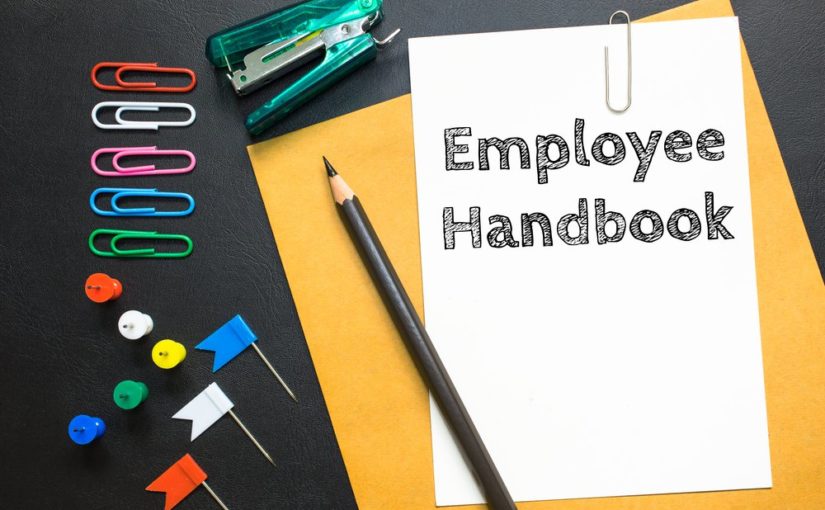Remote work is getting a lot of attention right now. So is oat milk. But that doesn’t mean it’s for everybody. Every business is different, and so is every employee.
If you mention working remotely to a group of people, you’ll likely get two distinct reactions:
- A dreamy look crossing the face of those imagining days of peaceful productivity with no commute, no interruptions, and total freedom over their schedules.
- A visible shudder from those trying to picture getting any work done in a home office with no structure, no coworkers, and an endless swirl of constant distraction.
Some people love the freedom of managing their own time. Others crave routine, structure, and guidance. Some employees thrive in environments full of people and noise and chaos. Others crave chunks of uninterrupted quiet time and working independently.
The remote work trend
It’s no secret that today’s employees and job candidates are looking for flexibility and work-life balance. When employees say they value remote working options, they mean it. But they may not have actually done it. Which means they may not be prepared for the reality of it.
Here are some common things remote employees struggle with:
- Isolation
- Anonymity
- Disengagement
- Difficulty focusing
- Lack of leadership/guidance/communication
- No clear line between work and home
- Distractions (too many or not enough)
Sometimes these challenges are temporary and disappear once a healthy and effective remote work routine is established.
Other times, these issues are more about the person than the structure.
If you’re the kind of person who hates leaving things unfinished and your office is right down the hall, this can quickly lead to overworking and burnout.
If you’re the kind of person who gets easily distracted and has a hard time reining yourself back in after an interruption, your home office could be a recipe for disaster.
Despite all the shiny promises and benefits of remote work, the truth is it isn’t always what it’s cracked up to be. Remote employees may find themselves craving more quality face time or office time, and some businesses may be wondering if they should continue to offer telecommuting options or try to shove their remote work program back into the magic bottle it came out of.
In either scenario, there are some good lessons to be learned here.
Whether you’re a business owner trying to figure out how to offer remote options or an employee trying to work remotely, sometimes it just isn’t a good fit. Admitting this is the first step to finding a solution that is.
What works for you?
Having a solid remote work policy can reduce business operation costs and open up a whole new candidate pool for employers. It can also be a big differentiator when it comes to employee recruitment and retention.
Employees say they want to work from home, but what they really want is the flexibility to balance the many demands of work, family, and life. Sometimes this means remote work, but it could also mean something else. A flexible schedule, paid time off, employer sponsored healthcare, or some other workplace benefit.
If remote isn’t working for you or your organization, don’t try to force that square peg into a round hole. Work on finding something that fits.
Content provided by Q4iNetwork and partners
![]()







